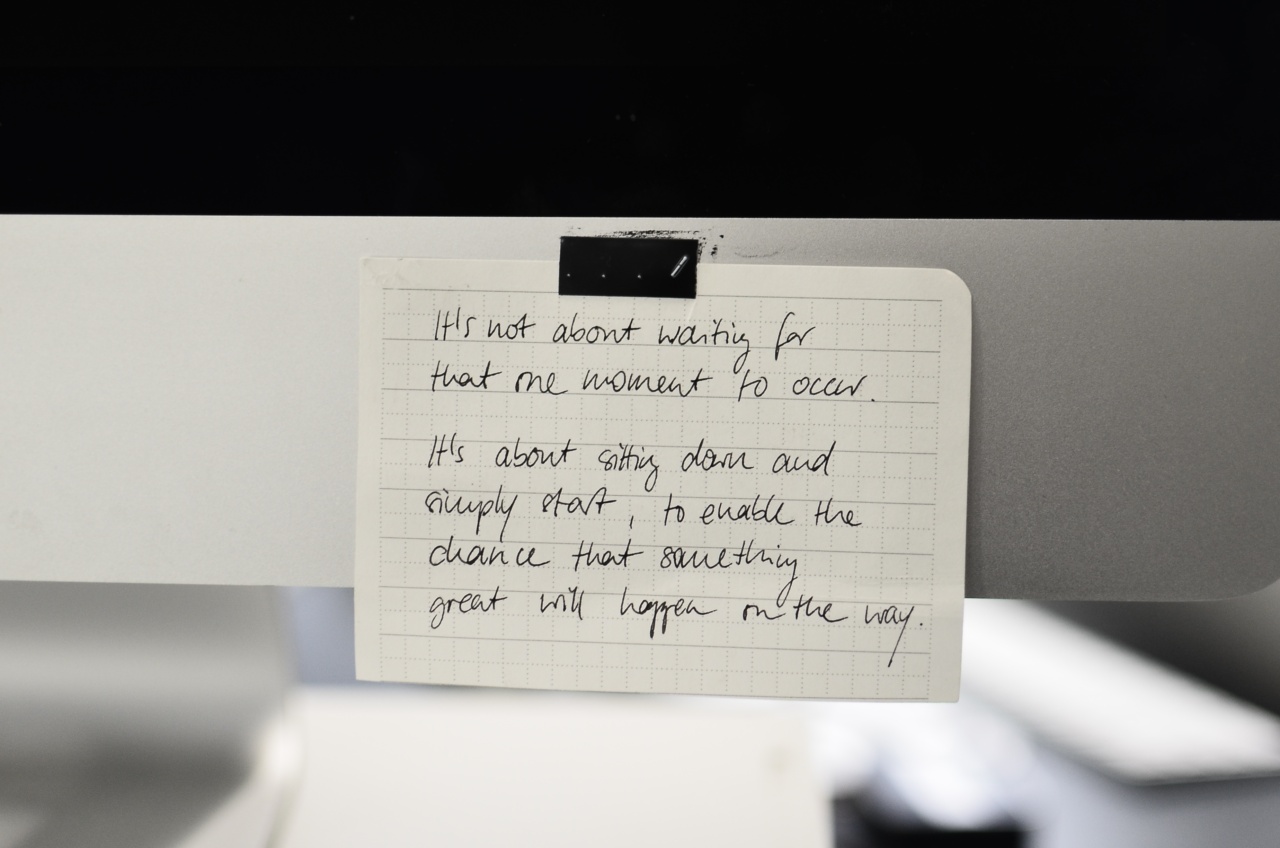Small wounds can happen to anyone at any time. They can be painful, irritating, and take some time to heal. However, some quick fixes can help in treating these wounds and speeding up the healing process.
In this article, we will discuss some easy and practical solutions that you can use to treat small wounds.
Clean the Area
The first step in treating any wound, no matter how small, is to clean the affected area. Use mild soap and water to wash the wound. Rinse off thoroughly and pat dry. Use a clean towel to prevent the area from getting dirty again.
Apply Pressure
If the wound is bleeding, apply pressure to stop the bleeding. Use a clean cloth or gauze and press gently for a few minutes until the bleeding stops.
If the bleeding doesn’t stop after ten minutes of continuous pressure, seek medical attention immediately.
Apply an Antibacterial Ointment
After cleaning the wound, apply an antibacterial ointment. This will help prevent infection and speed up the healing process. Neosporin is an over-the-counter ointment that is effective against a wide range of bacteria.
Apply a thin layer of the ointment directly on the wound and cover with a sterile bandage.
Use a Bandage
If the wound is in an area that frequently comes in contact with dirt, such as the hands or feet, use a sterile bandage to protect it. This will help prevent infection and keep the area clean.
Change the bandage regularly, especially if it becomes wet or dirty.
Elevate the Wound
If the wound is on a limb, elevate it to reduce swelling. This will help reduce pain and discomfort. Use a pillow or cushion to elevate the limb above the heart.
Ice the Wound
If the wound is causing pain, swelling, or inflammation, apply ice to the area. Wrap the ice pack in a towel and apply it to the affected area for 15-20 minutes at a time. Repeat this process every few hours as needed.
Avoid Certain Activities
If the wound is in an area that is affected by certain activities, such as swimming, avoid those activities until the wound has healed. This will prevent the wound from opening up again and protect it from further damage.
Eat a Balanced Diet
A balanced diet can help speed up the healing process. Eat a variety of healthy foods that are rich in vitamins, protein, and minerals. Include foods such as lean meats, fish, fruits, vegetables, and whole grains in your diet.
Drink plenty of water to stay hydrated.
Get Plenty of Rest
Resting can help your body recover from the wound. Get plenty of sleep and avoid activities that may put stress on the wound. If the wound is causing significant pain, consider taking pain-relieving medications such as ibuprofen or acetaminophen.
Monitor the Wound
Keep an eye on the wound and monitor any changes. If the wound becomes red, swollen, or starts to ooze, seek medical attention right away. These may be signs of an infection that requires medical treatment.































